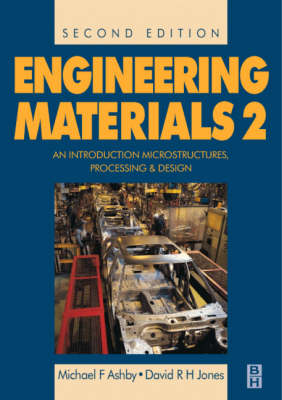International Series on Materials Science and Technology
2 total works
Materials are evolving faster today than at any time in history. As a consequence the engineer must be more aware of materials and their potential than ever before. In comparing the properties of competing materials with precision involves an understanding of the basic properties of materials, how they are controlled by processing, formed, joined and finished and of the chain of reasoning that leads to a successful choice. This book will provide the reader with this understanding. Materials are grouped into four classes: Metals, Ceramics, Polymers and Composites, and each are examined in turn. The chapters are arranged in groups, with a group of chapters to describe each of the four classes of materials. Each group first of all introduces the major families of materials that go to make up each materials class. The main microstructural features of the class are then outlined and the reader is shown how to process or treat them to get the structures (properties) that are wanted. Each group of chapters is illustrated by Case Studies designed to help the reader understand the basic material. This book has been written as a second level course for engineering students.
It provides a concise introduction to the microstructures and processing of materials and shows how these are related to the properties required in engineering design.
It provides a concise introduction to the microstructures and processing of materials and shows how these are related to the properties required in engineering design.
Engineering Materials Volume 2
by Michael F. Ashby, David R. Jones, and Dr Jones
Published 30 June 1998

